Sony announces FE PZ 16-35mm F4 G lens for hybrid users, promising impressive performance for photo and video
posted Tuesday, March 22, 2022 at 10:00 AM EDT
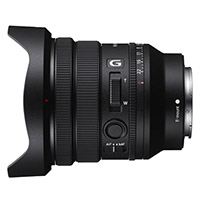
Sony has announced its 66th E-mount lens and 46th full-frame lens, the FE PZ 16-35mm F4 G. You could be forgiven for thinking, 'Oh, it's just another 16-35mm lens for E mount.' However, despite joining the existing FE 16-35mm F2.8 GM and Vario-Tessar T* FE 16-35mm F4 ZA OSS lens, the new FE PZ 16-35mm F4 G lens is a unique addition to the Sony lens lineup thanks to its implementation of power zoom, its versatility for still photography and video work, its impressive optical performance, and its compact and lightweight design.
Let's look closer at the new lens, starting with the 'power zoom' aspect of the lens. Sony makes a handful of PZ lenses, including the Sony E PZ 18-200mm F3.5-6.3 OSS and E PZ 18-105mm F4 G OSS lenses for APS-C E-mount cameras. The PZ 16-35mm F4 G is different from those thanks to its full-frame image coverage. It's also different from Sony's full-frame PZ cinema lenses thanks to its use of XD linear motors for the Power Zoom system. By using XD linear motors, the lens can offer an internal zoom design and compact form factor.
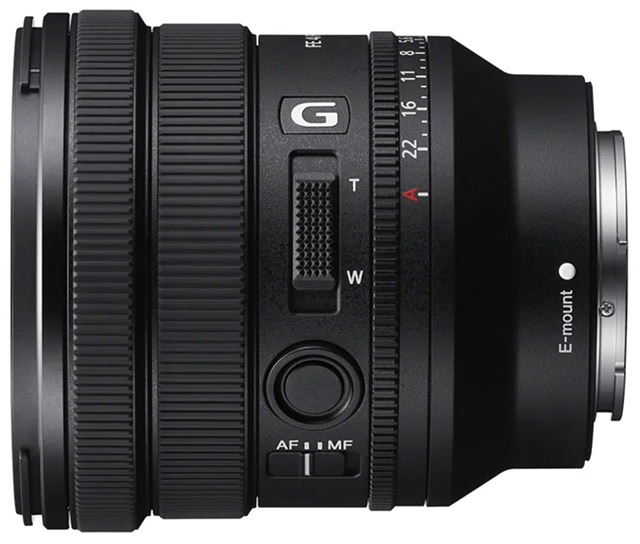
Compared to Canon's RF 14-35mm F4 L IS USM and Nikon's Nikkor Z 14-30mm F4 S lenses, which are both extension zoom lenses that increase in length as you change the focal length, the Sony PZ 16-35mm F4 does not change in size. It's also notably lighter. Sony's new lens weighs only 353 grams (12.45 ounces). Canon's wide-angle F4 zoom weighs 544g (19.2 oz.), and Nikon's 14-30mm lens weighs 485g (17.1 oz.). Granted, the focal lengths are identical, but nonetheless, the lightweight design of Sony's new lens is impressive. Thanks to the new PZ design, Sony also promises a consistent center of gravity as you zoom the lens, which is important for video rigs. The internal zoom lens is 88.1mm (3.47 in.) long and its max diameter is 80.5mm (3.17 in.).
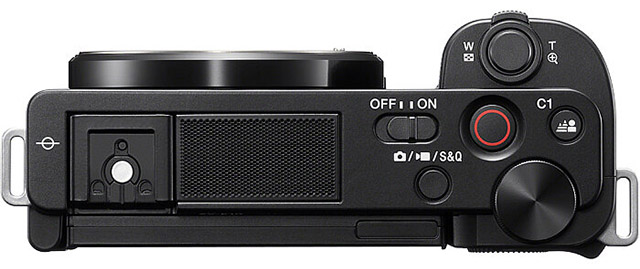
Sony says that the zooming mechanism of the new lens is extremely responsive. The lens includes a zoom ring and a zoom lever on the barrel itself. You can control zoom speed by how far you push the zoom lever. You can also control zoom and speed through compatible cameras, either with built-in zoom levers like on Sony's FX3, FX6 and ZV-E10 cameras, or using customized control settings with cameras like the Sony A1, A7S III and A7 IV. Zoom can also be controlled remotely through compatible Bluetooth controllers and smart devices. You can also combine the optical zoom with Clear Image Zoom (digital zoom) on compatible cameras, further expanding your zooming options.
Previous Sony PZ lenses have been aimed primarily at video users, but the new 16-35mm F4 PZ lens is designed for hybrid users, meaning it must perform well for still photography and video. While image quality matters for video, of course, optical performance matters differently for photographers as they may be shooting 60+ megapixel photos. The PZ 16-35mm F4 includes 13 elements across 12 groups. Among these elements are two advanced aspherical (AA) elements, an ED element, an aspherical element and an ED aspherical lens. It's not a G Master lens, so Sony hasn't included an extreme aspherical (XA) element. Nonetheless, the lens promises outstanding performance across the full-frame image area throughout the focal length range. In terms of bokeh, the lens has a 7-bladed circular aperture diaphragm.
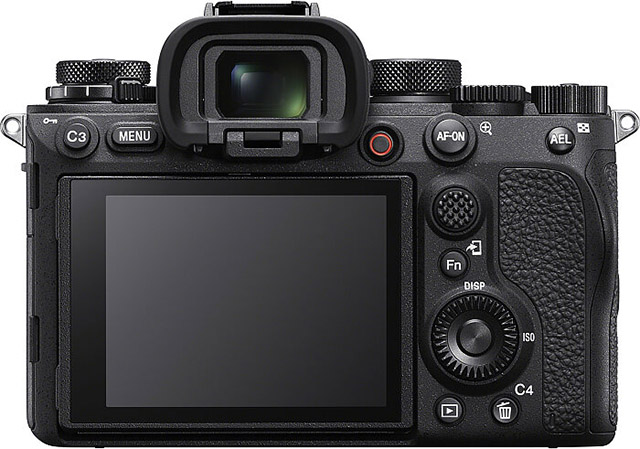
Considering autofocus, the AF system is also driven by XD linear motors. It should focus quickly and accurately if Sony's prior lenses are any indication. For video applications, manual focus is also important. The new lens features Linear Response MF. It's a focus-by-wire lens, like virtually all mirrorless lenses. Still, Sony has incorporated an optical encoder into the lens to measure the rotational angle of the manual focus ring and translate that movement to the focusing group inside the lens, ensuring repeatable focus pulls. It's yet another optimization that Sony has included in its new 16-35mm power zoom lens. The lens's minimum focusing distance is 0.28m at 16mm and 0.24m at 35mm, delivering 0.23x max magnification at 35mm.
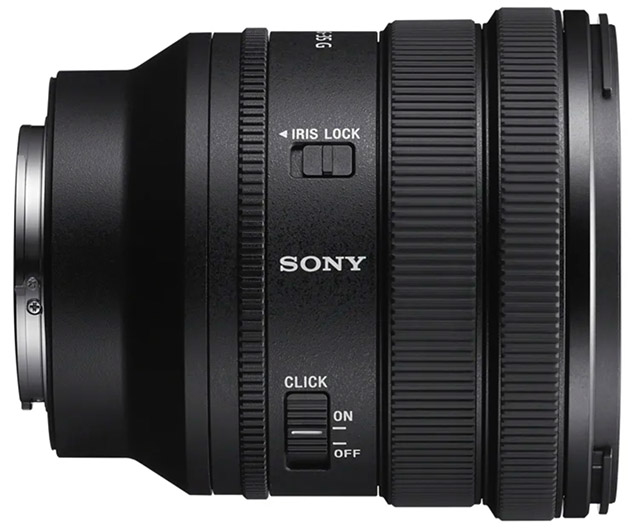
Additional features for hybrid users include significant suppression of focus breathing, suppressed chromatic aberrations, smooth and fast autofocus performance, extensive physical controls for photographers and videographers alike and a compact, weather-resistant design. Unlike many of Sony's zoom lenses, the PZ 16-35mm F4 also includes an aperture ring on the barrel, which can be clicked or de-clicked via a switch on the lens. Sony has gone all-out. The only thing the lens is missing, at least on paper, seems to be a "G Master" designation.
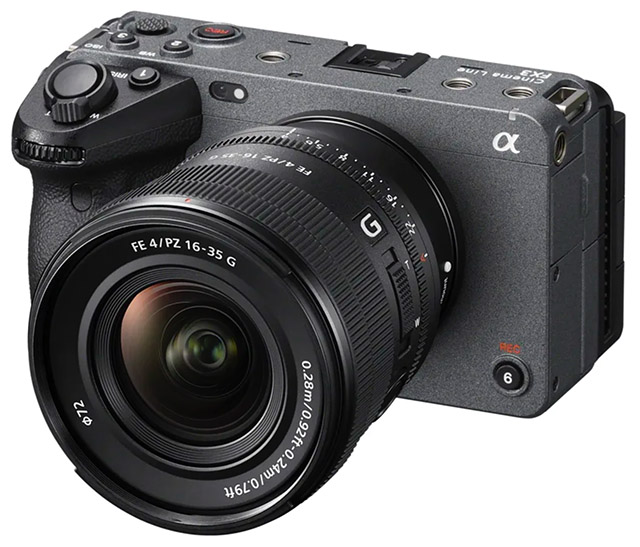
Of course, lenses aren't used on paper, so we'll need to wait and see if the performance lives up to Sony's lofty promises. Given the excellent slate of lenses Sony has released in the last few years, we're optimistic. The lens will be available this July for $1,200 in the US and $1,500 in Canada. To read the full press release and specifications, visit our Sony FE PZ 16-35mm F4 G overview.